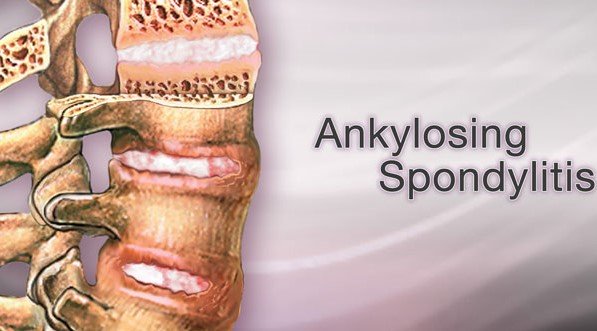Over time, this can lead to the vertebrae fusing together, causing a rigid spine.
Symptoms include:
Low back pain and stiffness, especially in the morning or after periods of inactivity
Pain and stiffness in other areas, such as the neck, hips, knees, and heels
Fatigue
Loss of flexibility in the spine
Bony fusion of the vertebrae
Inflammation of the eye (uveitis)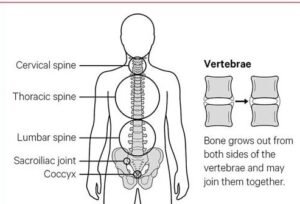
Latest treatments for ankylosing spondylitis include:
- Nonsteroidal anti-inflammatory drugs (NSAIDs)
- Disease-modifying antirheumatic drugs (DMARDs)
- Tumor necrosis factor (TNF) inhibitors
- Interleukin-17 (IL-17) inhibitors
- Biologic drugs
- Physical therapy and exercise
- Heat therapy
- Pain management techniques
- Surgery (in severe cases)
Medicines commonly used to treat ankylosing spondylitis include:
- Nonsteroidal anti-inflammatory drugs (NSAIDs) such as ibuprofen and naproxen
- Disease-modifying antirheumatic drugs (DMARDs) such as sulfasalazine and methotrexate
- Tumor necrosis factor (TNF) inhibitors such as adalimumab, infliximab, and golimumab
- nterleukin-17 (IL-17) inhibitors such as secukinumab and ixekizumab
It’s important to note that not all treatments work for all individuals, and it may take some time to find the right combination of treatments that work best for you. Always consult your doctor before starting any new treatment.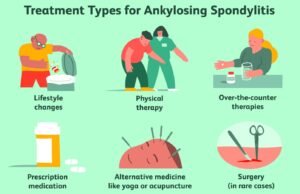
Exercise is an important component of managing ankylosing spondylitis and can help alleviate symptoms, improve posture and flexibility, and prevent spinal fusion. Here are some exercises that can be beneficial:
Stretching:
Gentle stretching exercises can help maintain flexibility and range of motion in the spine, neck, and hips.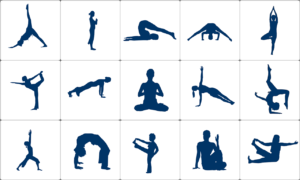
Strengthening:
Strengthening exercises can help improve posture and support the spine, as well as relieve pain and fatigue. Examples include pelvic tilt, back extension, and core stability exercises.
Aerobic exercise:
Aerobic exercise, such as walking, cycling, or swimming, can help improve cardiovascular fitness and overall health, as well as relieve stress and improve sleep.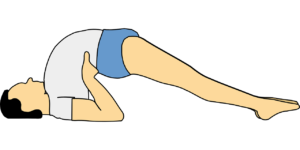
Yoga:
Certain yoga poses, such as the cat-cow stretch and the downward-facing dog, can help improve posture, flexibility, and reduce pain.
It’s important to consult with a physical therapist or doctor before starting an exercise program, especially if you have severe ankylosing spondylitis or other medical conditions. They can provide you with an individualized exercise plan and make modifications as needed.
You may like our posts:
Natural ways to increase stamina


